Wartime Heritage
ASSOCIATION

copyright © Wartime Heritage Association
Website hosting courtesy of Register.com - a web.com company
George Francis Amiro
WWII Veteran - USS George M. Cohan
Name:
George Francis Amiro
Rank:
Armed Guard
Service:
USS George M. Cohan (Liberty Ship),
US Navy
Date of Birth:
January 16, 1923
Place of Birth:
Maine
Date of Enlistment:
April 17, 1943
Place of Enlistment:
Unknown
Age at Enlistment:
20
Marital Status:
Single (at enlistment)
Date of Discharge:
November 11, 1945
Age at Discharge:
22
Date of Death:
September 3, 1986
Age:
63
Cemetery:
Unknown
George Francis Amiro was the son of Felix Maximond Amiro (1891-1950) and Marie Chantale Gaudet (1895-1978). He had two
siblings, Mary Emily and Priscilla (1924-2022). His mother Chantale also helped raise Rita Gaudet, the child of her sister Marie
Aimee. Chantale and Aimee’s parents were George Gaudet and Marie (Deveau) Gaudet from Clare, in Digby County, NS. George’s
sister Mary married Herbert Nelson Langill on October 1, 1945, in Portsmouth, Rockingham Co., New Hampshire.
Both in 1930 and 1940, George and his family were living at 38 Came Ave in Haverhill, Massachusetts.
George enlisted in the US Navy on April 17, 1943. He
joined the American Liberty Ship the USS George M. Cohan,
on March 17, 1944, in Cardiff, Wales. The USS Cohan made
at least one convoy voyage on the Murmansk Run. There is
record of The Cohan returned to New York, travelling from
Murmansk, on May 17, 1944.
“A total of 2,710 Liberty ships were completed (with one
more being burnt out on the slipway and never
completed). This huge total almost defies the imagination
when considering the resources that must be employed to
produce this number. During the peak building period
(March 1943 to December 1943) over 100 were completed
per month.
Despite being initially labelled an 'ugly duckling' by the newspapers, and intended to be expendable, if necessary, the ships
eventually caught the imagination of the public. They proved to be easy to build, reliable and versatile; exceeding even the most
optimistic expectations for their overall contribution to the war effort.
Liberty ships saw service all over the world: they were present in the Atlantic and Russian convoys; they anchored off the
beachheads in North Africa, Europe and in the Pacific islands; they carried food to civilians as well as supplies and equipment to
the armed forces; as hospital ships they treated the wounded; they transported prisoners away from the fighting; they evacuated
rescued Allied prisoners from Asia; in perhaps their most welcome role, they brought the troops home again after the fighting was
over.”
George served as a USNAG (United States Navy Armed Guard) aboard the USS
George M. Cohan. The purpose of the guard was to man the deck guns of merchant
ships to provide a nominal defense against attack. This was to counter the
constant danger presented by enemy submarines, surface raiders, fighter aircraft
and bombers.
The USS George M. Cohan was named for the composer of the same name - an
entertainer, playwright, composer, lyricist, actor, singer, dancer and theatrical
producer. Cohan wrote more than 50 shows and published more than 300 songs
during his lifetime, including the standards "Over There", "Give My Regards to
Broadway", "The Yankee Doodle Boy" and "You're a Grand Old Flag". Known in the
decade before World War I as "the man who owned Broadway", he is considered
the father of American musical comedy.
Each Liberty ship carried a crew of between 38 and 62 civilian merchant sailors (Merchant Navy), and 21 to 40 US Navy personnel
to operate defensive guns and communications equipment.
The assignment as an Armed Guardsman was often dreaded because of the constant danger. Merchant ships were slow, unwieldy,
and priority targets of submarines and planes. Furthermore, merchant ships were among the last to receive updated equipment.
Early on in the war, some ships only had a few machine guns, so the crews painted telephone poles to imitate the barrels of larger
guns. The most common armament mounted on merchant ships were the MK II 20mm Oerlikon autocannon and the 3"/50, 4"/50,
and 5"/38 deck guns.
When practicable, the Navy Armed Guard aboard a merchant ship would provide
cross-training to merchant crew members in the use of the guns in the event the
Navy personnel were killed or injured. The Navy Armed Guardsmen would
typically sail round trip on the same ship, occasionally they would get a different
assignment upon reaching their destination depending on convoy schedules.
George likely would have served on at least 3 of the Cohan’s convoy, the 50-ship
Convoy JW-58 which departed Loch Ewe on March 27, 1944, arrived Kola Inlet on
April 4th, the 43-ship Convoy RA-59 which Left Kola April 28, 1944, later
dispersed and arrived at Loch Ewe and the Clyde on May 6th and 7th, and the 71-
ship Convoy HX-342, which departed New York March 4, 1945 and arrived in
Liverpool, England on March 19th.
George Amiro was discharged on November 11, 1945. He married Laurette ‘Lorettta’ Jacques and they had a son, Gary M. Amiro
(b. 1954) and a daughter Doreen.
George Francis Amiro died in Portland, Cumberland Co., Maine, on September 3, 1986.
The location of his burial is unknown. Sometime after George’s death in 1986, Loretta
remarried Edward Pike. Loretta died in Seabrook, New Hampshire in 2014.
In 2020, the US Congress passed the Merchant Mariners of World War II Congressional Gold
Medal Act to recognize the merchant mariners for their courage and contributions during
the war.

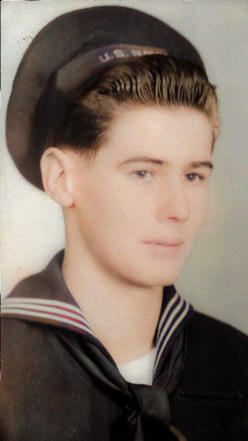
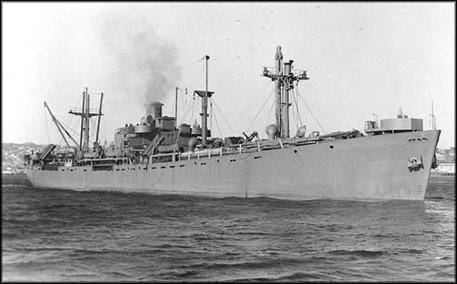
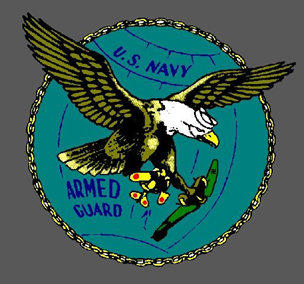
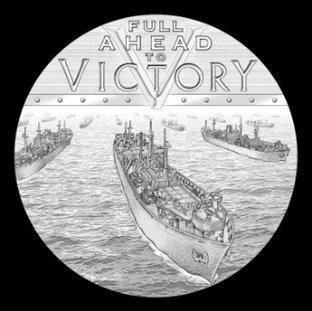
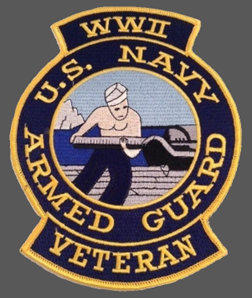
Merchant Mariners of WWII Congressional Gold Medal


- World War I - Menu
- WWI Stories and Articles
- Photos - Yarmouth Soldiers
- Selection of World War I Songs
- WWI Casualties of Yarmouth, NS
- Those Who Served - Yarmouth, NS
- WWI Casualties Digby Co. NS
- WWI Casualties Shelburne Co. NS
- Merchant Mariners (1915) Yarmouth, NS
- Canadian Forestry Corps - Non Yarmouth Birth/Residence Enlistments
- US Draft Registry - Yarmouth NS Born


- World War II - Menu
- WWII Stories and Articles
- Telegraphist Air Gunners
- WWII Casualties of Nova Scotia
- US Casualties with NS Connection
- Far East/Pacific Casualties with NS Connection
- Merchant Navy Casualties Nova Scotia
- Nova Scotia WWII Casualties Holten Canadian War Cemetery
- D-Day Casualties - Nova Scotia
- CANLOAN Program Casualties - Nova Scotia
- Battle of the Bulge Casualties - Nova Scotia
- WWII Casualties Yarmouth NS
- Yarmouth Casualties - RCAF RAF Canadian Army WWII
- Yarmouth Co., Marrages WWII
- Casualties Non-Born/Residents with Connection to Yarmouth Co., Nova Scotia.
- WWII Casualties Digby Co., NS
- Non-Nova Scotian WWII Casualties Buried in Nova Scotia
- WWII RCAF Casualties Aged 16-18
- Brothers/Sisters Who Served - World War II













